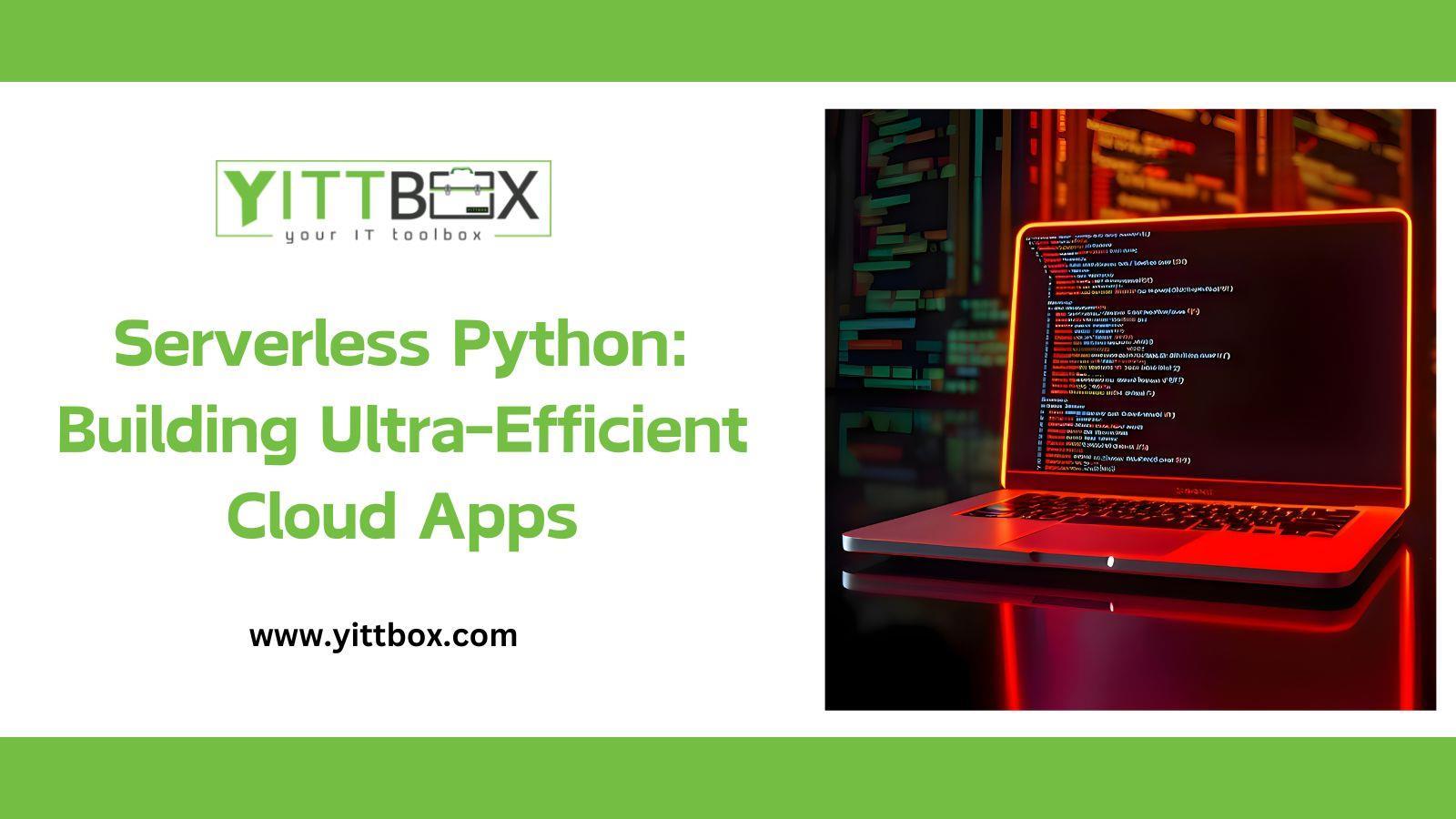How Employers View Digital Credentials: Insights and Trends in Recruitment
In the fast-evolving digital landscape, conventional degrees and paper certificates are no longer the onyl proof of skill and expertise. Digital credentials, such as badges and verified certificates, have gained significant traction in recruitment processes worldwide. but how exactly do employers perceive these digital credentials? Explore the latest insights and trends that are reshaping the world of hiring.
Understanding Digital Credentials in Recruitment
Digital credentials, frequently enough referred to as digital badges or e-certifications, are online representations of verified skills, knowledge, or accomplishments. Issued by educational institutions, training providers, or professional organizations, these digital documents include important metadata such as the issuer, criteria for earning, and evidence of achievement.
- Digital badges: Visual representations of skills or achievements,frequently enough issued after completing online courses or professional development programs.
- Micro-credentials: Short, focused certifications that demonstrate proficiency in specific areas.
- Blockchain-based certificates: Secure digital credentials that can be independently verified for authenticity.
With the rise of online education and remote work, employers are encountering digital credentials more frequently in candidate portfolios.
why Employers Are Paying Attention to Digital Credentials
The rapid adoption of digital credentials in recruitment is a response to multiple market shifts:
- Skills-Based Hiring: Hiring managers prioritize practical abilities over formal degrees,especially for technical and emerging roles.
- Verification & Trust: Digital badges can be easily validated, reducing the risk of qualification fraud.
- Speed of Upskilling: With technology changing fast, employees need to update skills regularly—micro-credentials offer this adaptability.
- Diversity & Access: Digital certificates open doors for non-traditional candidates, promoting a more inclusive workforce.
Key Benefits of digital Credentials for Employers and Candidates
- Greater Clarity: Digital credentials come with detailed metadata, allowing employers to understand exactly what the candidate has learned and demonstrated.
- Time-Efficient Screening: HR teams can quickly verify credentials and match candidates with specific skill requirements.
- Encouragement of Lifelong learning: Candidates can showcase a habit of continuous education and adaptation, which is highly attractive to modern employers.
- Global Recognition: Many digital credentials are recognized internationally, broadening opportunities for both candidates and companies.
Latest Trends: How Are Digital Credentials Impacting Hiring?
Let’s dive into some recent trends in recruitment related to digital credentials:
1. Integration Into Applicant tracking Systems (ATS)
Leading ATS platforms now allow candidates to embed verifiable badges and certificates directly into their resumes or LinkedIn profiles. This seamless integration simplifies workflow for hiring managers and underscores the authenticity of candidate skills.
2. Industry-Specific Recognition
Certain sectors, especially IT, digital marketing, project management, and education, are at the forefront of adopting digital credentialing. For instance, globally recognized certifications like CompTIA, Google Career Certificates, and PMI badges are influencing hiring decisions.
3. Personalized Skills Mapping
Some organizations are building talent pipelines based on precise skillsets demonstrated by verified digital credentials, enabling more accurate role matching and internal mobility.
4. employer Partnerships With Credentialing Bodies
Companies now frequently partner with edtech platforms and universities to co-design digital credential programs, ensuring curricula directly align with workforce needs.
Case Studies: Employers embracing Digital Credentials
Real-world examples provide valuable insight into how employers interpret and leverage digital credentials:
Frist-Hand Employer Perspectives: What HR Leaders Say
To better understand employer attitudes towards digital credentials,several surveys and HR leaders have shared these insights:
- 76% of HR professionals surveyed by the American association of Collegiate Registrars and Admissions Officers (AACRAO) believe digital credentials will become a standard part of the recruitment process by 2025.
- Leaders appreciate the specificity and ease of validation with e-certificates versus traditional paper records.
- Digital credentials, especially when issued by well-known providers, are often valued equally—or more—than traditional degrees for rapidly changing tech-centric roles.
- Clarity and standardization remain concerns; employers call for clearer frameworks and trusted issuing bodies.
Practical Tips: How Candidates Can Leverage digital Credentials
- Profile Optimization: Add digital badges and verified certifications to your LinkedIn, personal website, and resume. Use the metadata provided to link back to the issuing authority.
- Choose Recognized Providers: Prioritize credentials from reputable organizations and platforms, as these carry more weight with employers.
- Stay Updated: Regularly pursue in-demand skills and emerging certifications to demonstrate your commitment to lifelong learning.
- Highlight Impact: When discussing digital credentials during interviews, explain the real-world projects or assessments you completed to earn them.
- Network Within Credential Communities: Become active in alumni groups or professional communities associated with your certifications—it’s a great way to access new job opportunities.
Challenges and Future Outlook
While digital credentials offer many benefits, challenges remain:
- Credential Inflation: As the number of digital certifications rises, employers may struggle to distinguish between high- and low-quality badges.
- Standardization: Lack of global standards for issuing, verifying, and maintaining digital credentials can create confusion.
- Employer Skepticism: Some traditional industries may still prefer formal degrees,especially for senior or regulated roles.
However,with ongoing investment in secure technologies (like blockchain),increasing collaboration between employers and credentialing bodies,and a growing emphasis on practical skills,digital credentials are set to play an even greater role in recruitment.
Conclusion: Digital Credentials in Recruitment—A New Era
As digital change continues to reshape the global workforce, the value of digital credentials in recruitment processes cannot be understated. Employers now view verified, skills-focused e-certificates as a credible option to traditional education, providing fresh opportunities for talent with non-linear career paths. by strategically acquiring and showcasing digital badges, candidates can stand out and secure rewarding roles in a competitive job market.
Seize the moment—integrate digital credentials into your career strategy, and stay ahead of the hiring trends driving the future of work.

